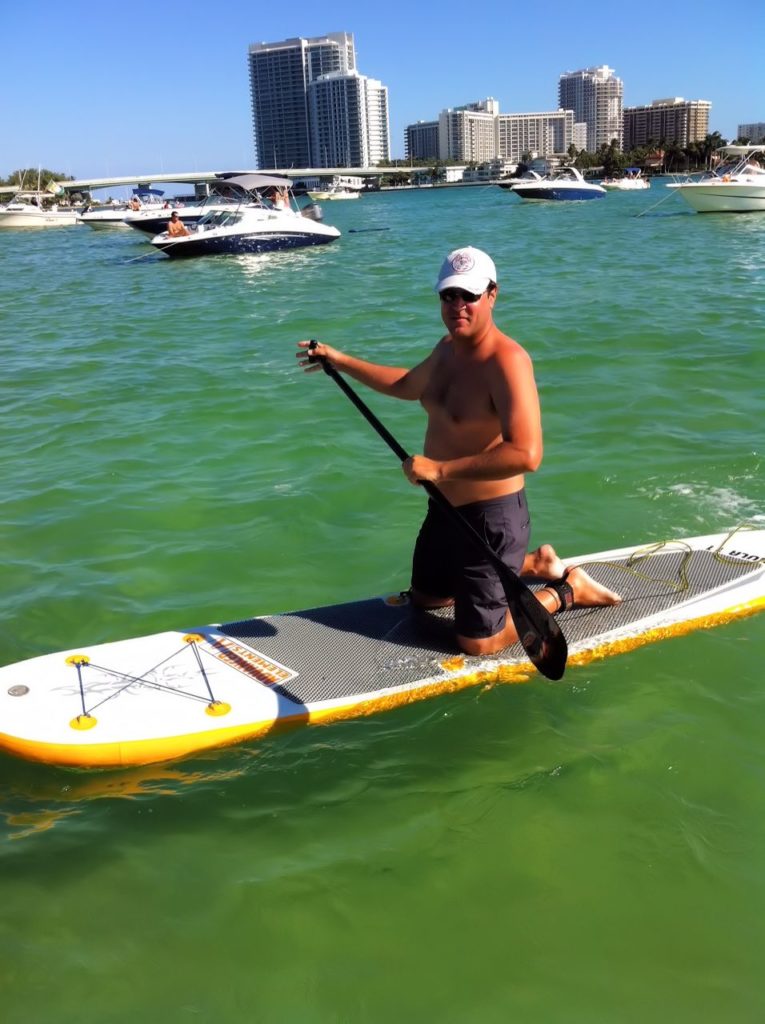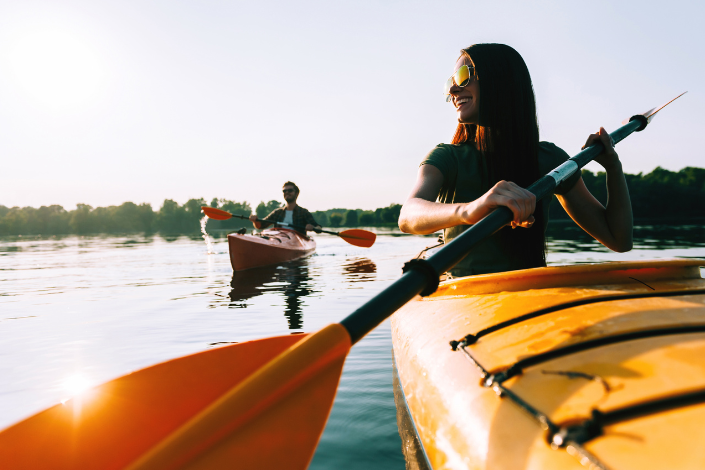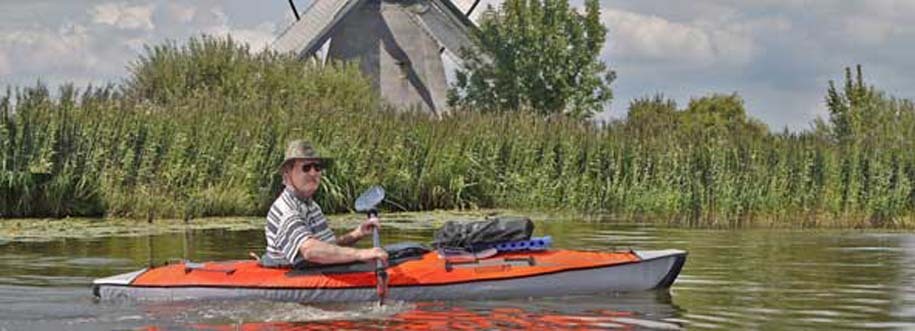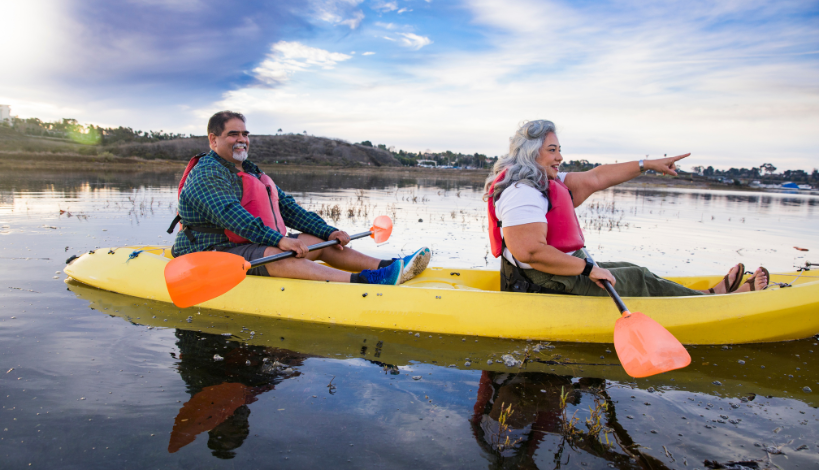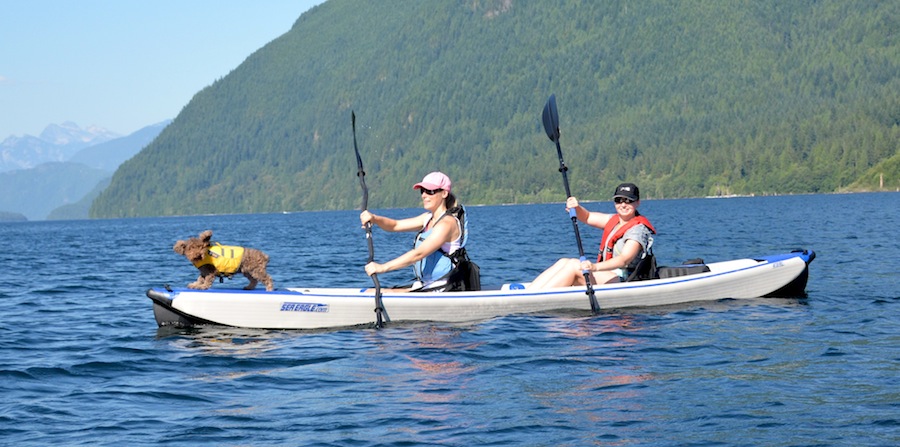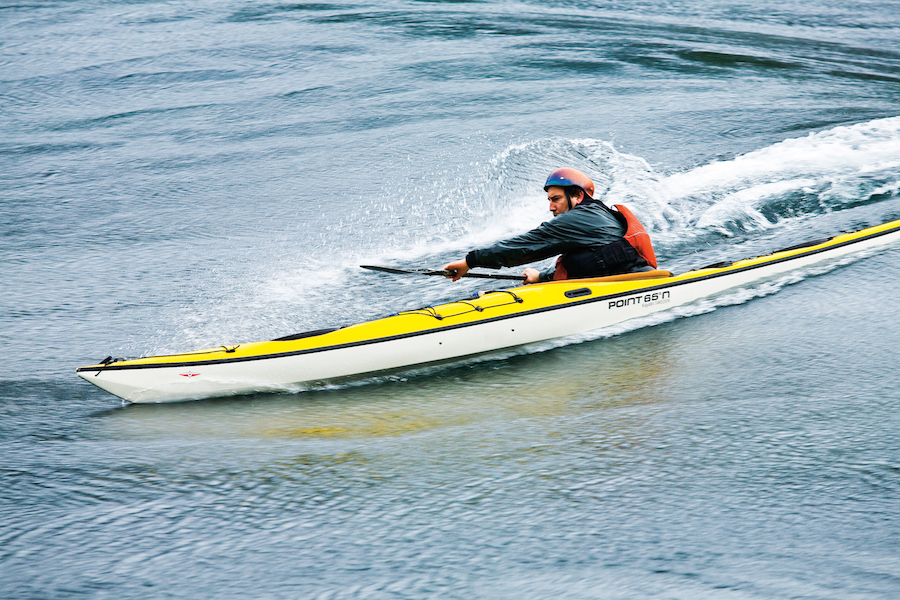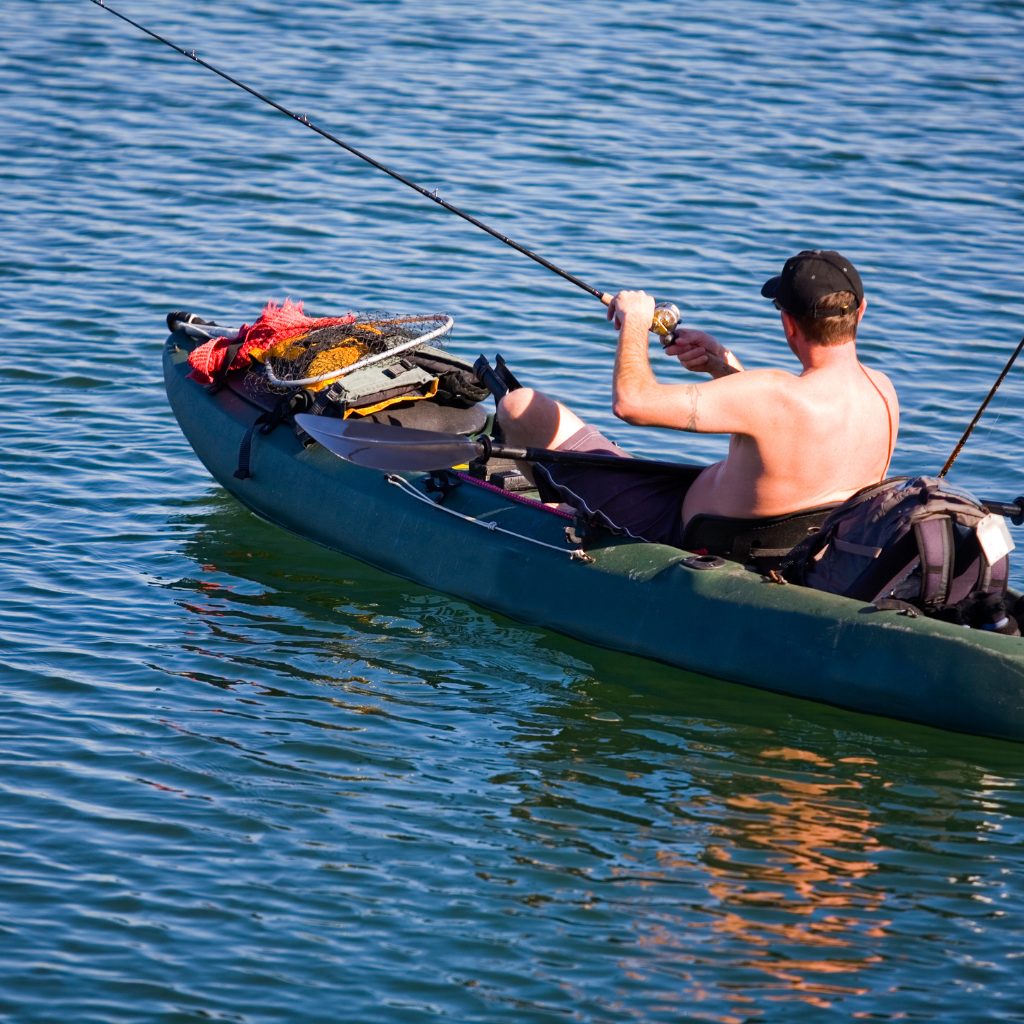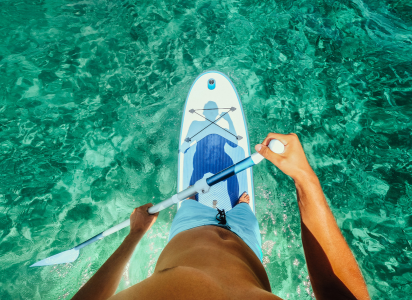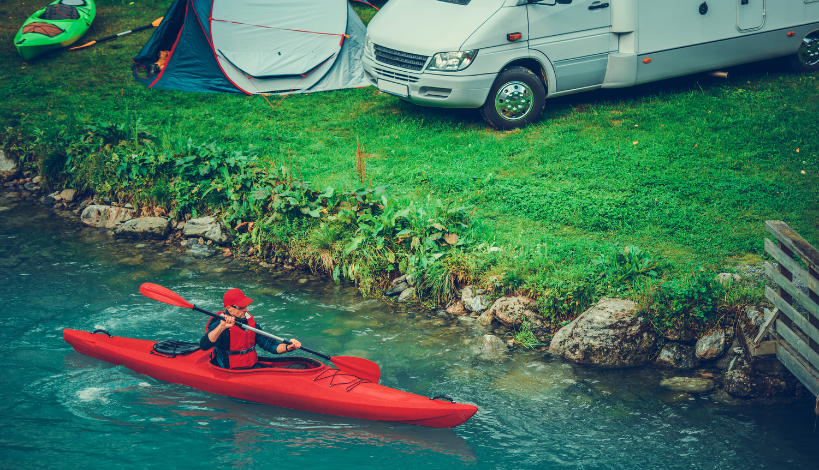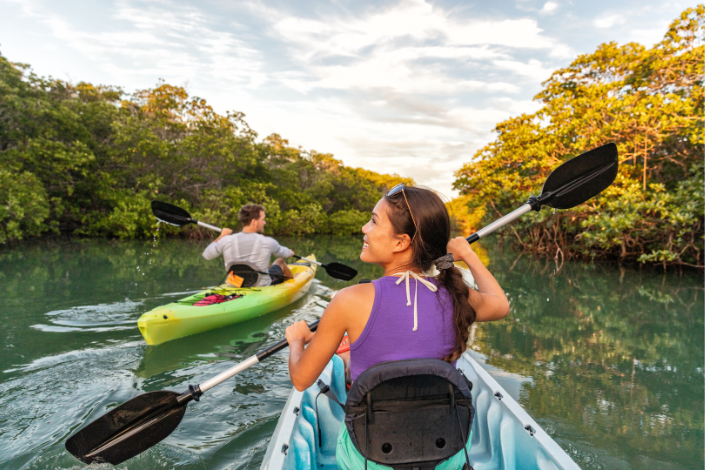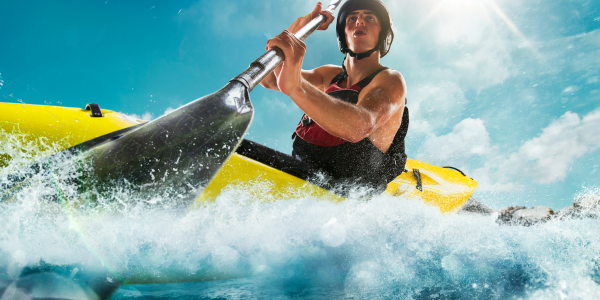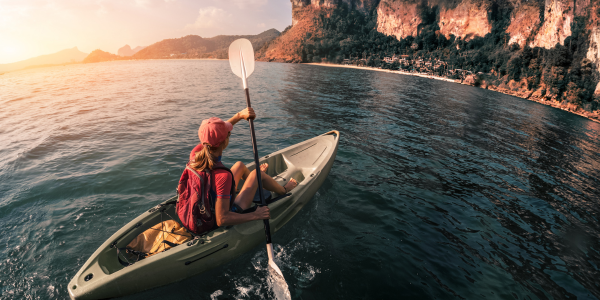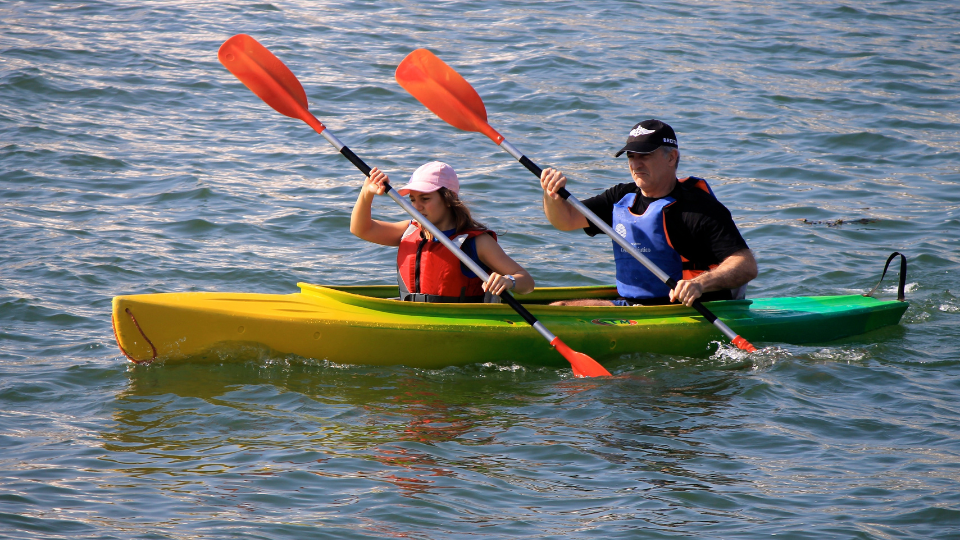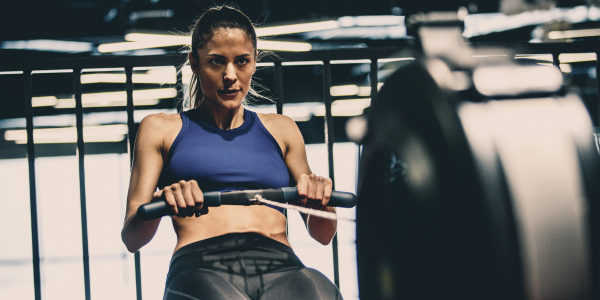Kayaking can be an incredibly thrilling activity, but it also comes with a certain amount of risks. One of the most dangerous things that kayakers must navigate is low-head dams. I’ve traversed across low head dams and if you’ve never done it, it can feel scary.
As a kayaker with a fair amount of experience, I can tell you that it’s extremely is important to know how to approach a low-head dam safely in order to minimize the risks associated with this hazardous obstacle.
In this article, I’ll discuss exactly what you should do when you approach a low head dam in a canoe or a kayak. Let’s get started.
First: What Is A Low-Head Dam?
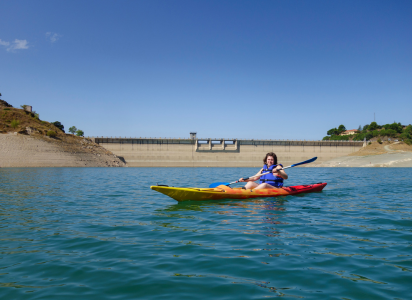
A low-head dam, also known as a weir, is a type of small dam used to regulate the flow of water in a river or stream.
Low-head dams are typically constructed from concrete, rocks, or timber and span across the entire width of the waterway and are built with low profiles so that water passes over them without the need for pumps or other supplemental engineering.
Primary Purpose of a Dam
The primary purpose of low-head dams is to control water levels upstream by diverting some of the flow downstream. This can be done for flood prevention, water diversion, irrigation purposes, and more.
Low-head dams also create ponds upstream that can be used for recreation and fishing. They slow down the flowing water which helps reduce soil erosion and sedimentation downstream.
That water would otherwise be wasted if it was allowed to flow freely downstream without tapping into it for use elsewhere.
Though these dams play an important role in controlling rivers and streams, there are potential risks associated with their construction and operation.
The most common risk associated with these dams is due to their location in shallow waters, making it easy for swimmers and boaters to get pulled into what’s commonly referred to as a ‘hydraulic jump’. This is the powerful pump action created at a low-head dam’s base where people can become trapped and potentially lose their lives.
What Does A Low-Head Dam Look Like?
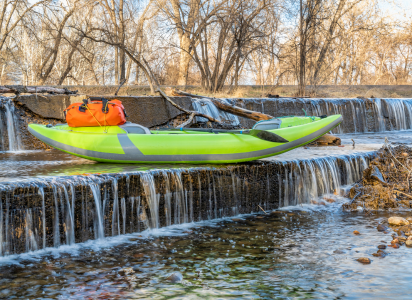
Low-head dams usually consist of a wall or barrier that spans across a river or stream with an opening at the bottom. The height of the dam is typically much lower than traditional dams, making them less visible and more aesthetically pleasing.
They are often designed with a stepped profile which helps dissipate energy as water passes over it. This is important for preventing dangerous eddies and vortexes from forming downstream.
These low head dams can also provide an efficient means to capture sediment and stabilize streambanks from erosion while allowing fish passage during periods of low water levels.
These structures can serve as important fish habitats by creating pools upstream which act as safe havens for juvenile fish until they mature enough to swim further downstream and beyond the structure itself.
What Should You Do If You Approach A Low-Head Dam While Kayaking?
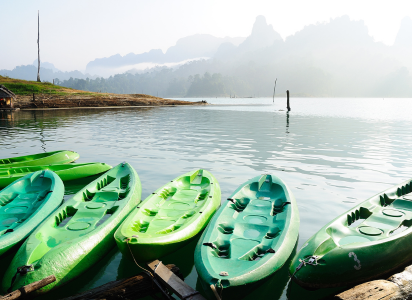
If you approach a low-head dam while kayaking, the most important thing to do is to exercise extreme caution. The very best thing to do is not navigate it at all and just head to shore and carry your kayak past the dam and continue that way.
Low-head dams are extremely dangerous and can be deadly if not avoided properly. It is important to never attempt to navigate a low-head dam if you are unfamiliar with the area, water conditions, or when you’re alone.
What Is The Risk Of Going Over A Low-Head Dam?
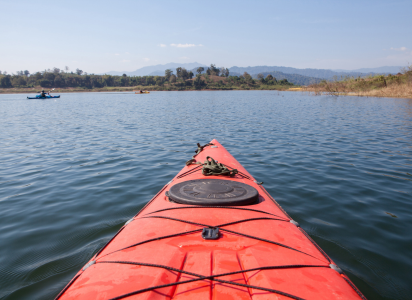
Kayaking over low-head dams can be a dangerous activity. They are often only visible in the water and because they are relatively low to the surface of the water, it’s easy for kayakers to miss them or get caught up in the current.
#1. Recirculating Currents
The most serious danger posed by a low-head dam is that of recirculating currents. These currents form on either side of the dam and can trap kayakers in an area between the dam and downstream where it is challenging and often impossible to escape from.
The force of these recirculating currents can also be incredibly powerful, capable of dragging even experienced kayakers underwater or pushing them toward submerged objects such as rocks and debris.
#2. Deep Plunge Pools
Many low-head dams have deep plunge pools below them which further increases the danger if a kayaker gets drawn into them. Even if no plunge pool exists, there is still the risk of a kayaker getting pinned against the upstream face of a dam due to strong hydraulic forces.
When it comes to kayaking near low head dams, prevention is key. All paddlers should be aware of their surroundings so that they can recognize any potential hazards ahead of time.
What To Do If A Low Head Dam Pulls You Under
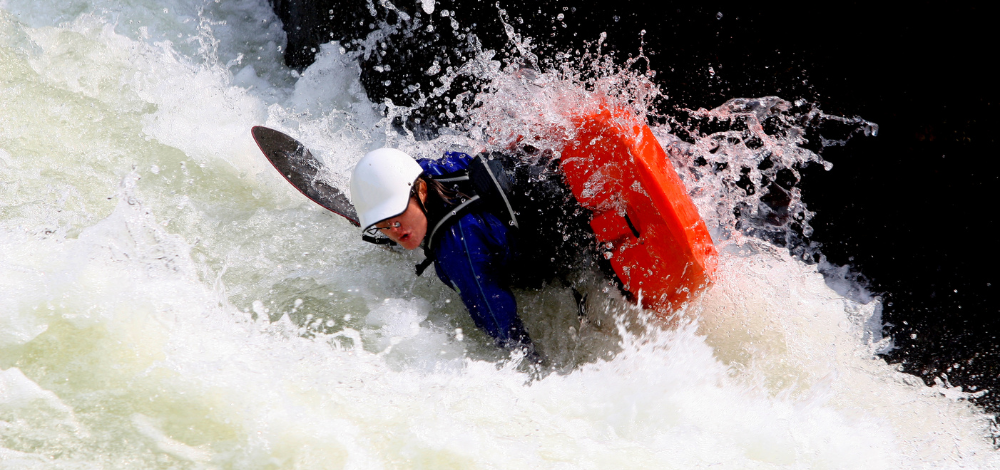
If you find yourself headed toward a low-head dam, it is imperative to remain calm. Use any obstructions such as rocks or debris in order to hold on to or push off of and move away from the dam.
If you are unable to find an obstruction, try paddling away from the dam but be aware of currents that can pull you back toward it.
Wearing a life jacket when you’re around a low-head dam will provide extra buoyancy in case you get swept over the spillway and thrown from your kayak. Knowing what to do if you are at risk of being pulled over the spillway can be your best defense.
Another thing you can do is tuck into a ball and take big breaths just before going over as this could save your life; it reduces turbulence and makes it easier to float back up once you’ve gone over.
Safety Tips For Rivers And Streams With Low-Head Dams
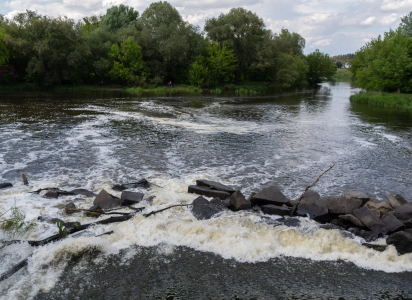
Low-head dams are also known as “drowning machines” due to the strong recirculating currents they create that can trap and pull under even the most experienced kayakers beneath the water and into danger.
I avoid dams as much as possible but I have gone over a few low dams. Here are some following safety tips you should take into consideration before going for a kayak ride near low-head dams:
#1. Be Aware Of Your Environment
Pay attention to any warning signs or barriers that have been put in place indicating the presence of a low-head dam ahead.
If there are none present, make sure to keep an eye on your surroundings and watch for any potential hazards up ahead. I’m always on the lookout for dams and trouble spots when I’m on rivers.
#2. Be Informed
Make sure you familiarize yourself with the area and understand the dangers associated with this type of terrain before heading out.
Ask for advice from other experienced kayakers or look online for information about this particular type of waterway and its potential risks.
#3. Wear Protective Gear
It is important to always wear appropriate clothing while kayaking, such as a personal flotation device and a helmet in case you do encounter a low-head dam and need protection from its strong currents or debris floating in the water.
#4. Don’t Go Alone
Having someone else accompanying you can be invaluable if faced with an emergency situation.
Choose someone who has experience navigating rivers like this one so they can help you stay safe while you enjoy your adventure.
#5. Avoid Paddling Through Turbulent Waters
Low-head dams often create large areas of turbulence within their downstream sections, making it difficult to navigate safely through them without getting caught in their strong recirculating currents.
If you do find yourself heading towards one, turn around immediately or take another route entirely.
How Many Low Head Dams Are In The U.S.?
The United States is home to a large number of low-head dams! There are thousands of these structures in the U.S. and Texas contains most of them.
These dams can be found all across the country in rural areas, cities, suburbs, and even national parks. These manmade barriers often create reservoirs or lakes that provide recreational opportunities such as boating and fishing.
However, they can also pose safety hazards for swimmers who may not recognize the dangers before entering the water. Currents created by low-head dams can quickly sweep people downstream toward even more powerful hydraulic forces at that side of the dam structure.
To reduce risks associated with low-head dams, many states are actively working on strategies to reduce or eliminate them. This includes decommissioning existing dams and replacing them with alternative infrastructure solutions such as fish bypasses or culverts.
In other cases, dam removal has resulted in improved aquatic habitat and improved flows available for recreation downstream from the dam site.
Final Thoughts
Kayaking near a low-head dam can be an exciting and thrilling experience but even the most experienced kayakers will tell you to avoid these at all costs necessary!
If you prepare and research the river you’ll be in like I do before each unfamiliar trip, you will have an amazing time exploring new waters while also staying safe.
Remember to always wear a life jacket when kayaking in moving water, watch out for debris or obstacles that may be present below the surface, and never go alone if possible.




